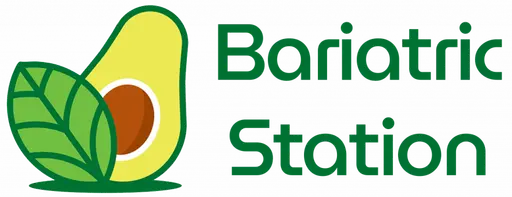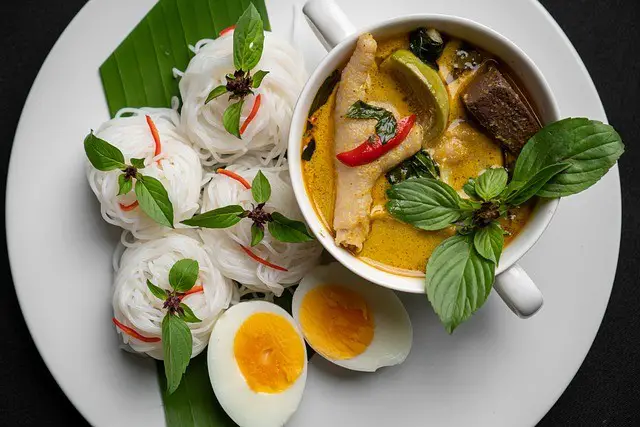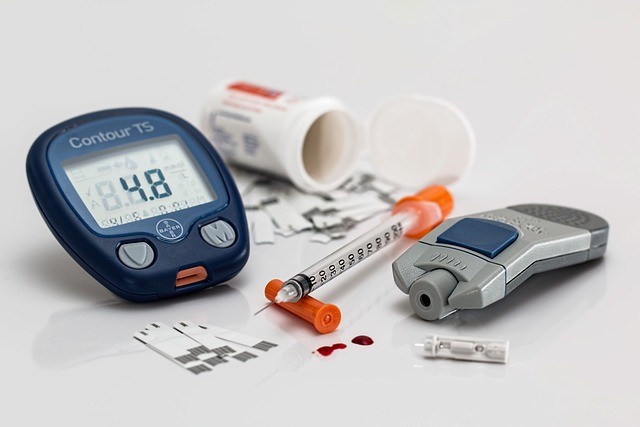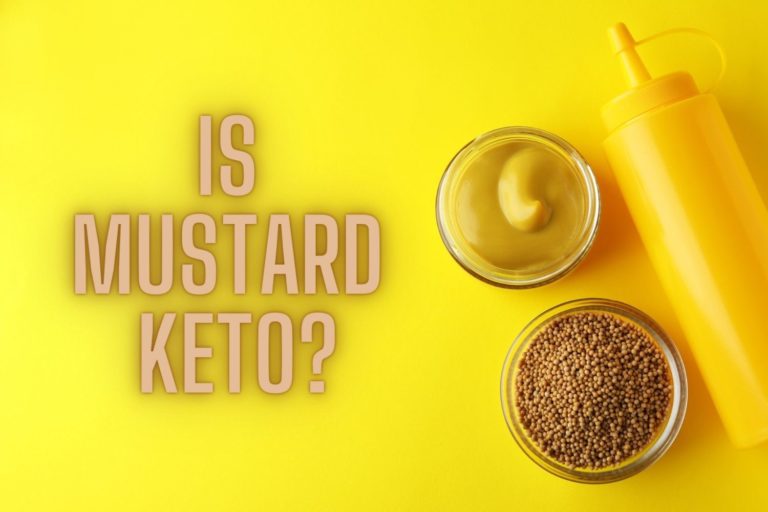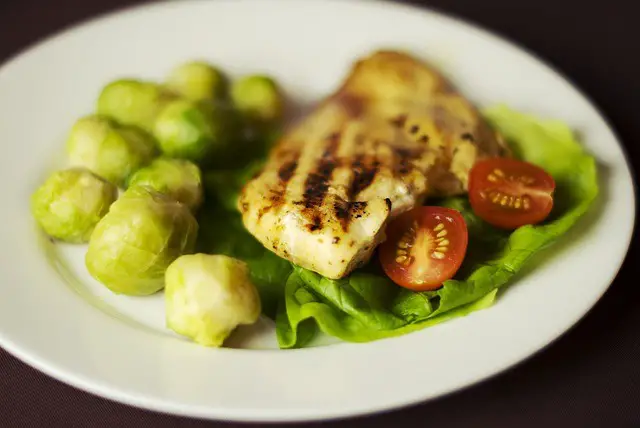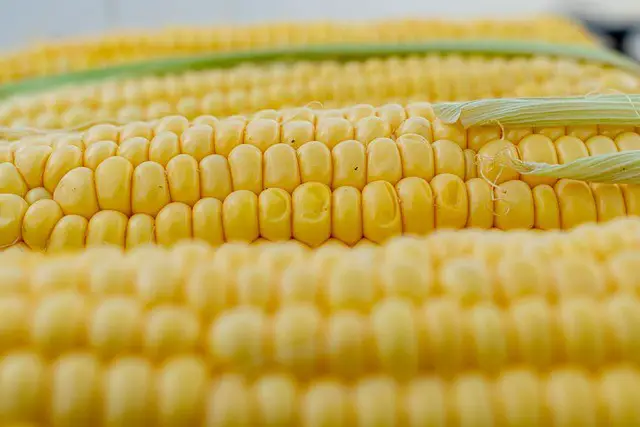To lose weight following a low-carb and low-calorie diet is essential to ensure there’s a caloric deficit. Some foods you consume on your daily diet may not classify as low in calories or carbs. It’s yet another day to see whether one of the common foods we consume fits into our diet.
Still in the spirit of Asian cuisines (hoping you have read the article on fried rice), we will look at how many carbs are in rice noodles. In this article, we will discuss the carb content of white rice and brown rice noodles and whether they are keto. I’ll also give you keto-friendly alternatives to this dish that you can enjoy without worrying about your blood glucose.
How Many Carbs Are in Rice Noodles?
Most healthcare providers can agree on this particular nutrition advice: lowering carb intake can help with weight management. Why the focus on this variety of noodles? How is it different from regular pasta? Does it have a lower carb count compared to traditional pasta? How many carbs are in rice noodles?
What are Rice Noodles?
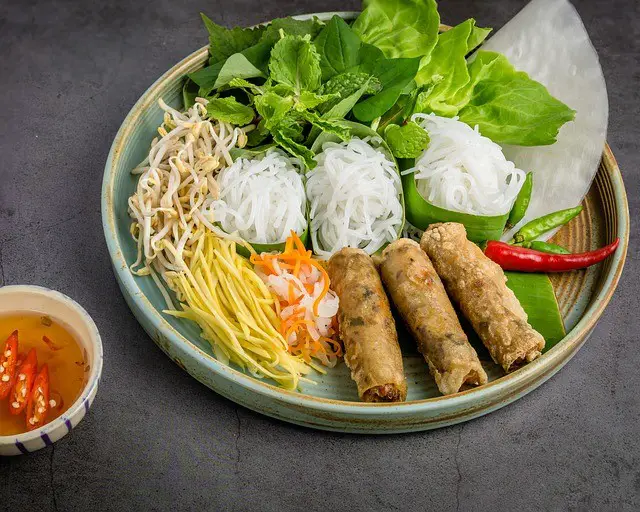
Your traditional pasta or noodles are made from wheat flour, which is completely gluten-rich. However, due to glucose intolerance, like in people with celiac disease, or non-celiac gluten sensitivity, there had to be an alternative to wheat flour for making noodles.
These noodles are the best choice for gluten intolerance. The good news is that all rice whether white rice, wild rice, or white are naturally gluten-free. This makes rice flour and other rice products the best alternatives to gluten-rich cereals. This type of noodle is made from rice flour but may contain small amounts of gluten due to processing. Other ingredients are water and tapioca starch.
What types of these noodles are available in the market?
- Vermicelli rice noodles/ Bún: These are popular in Vietnamese dishes. They are made from glutinous rice flour and are very fine.
- Bánh pho: These are flat shapes and medium in width.
- Bánh cuốn: They are flat thin noodle sheets that are stuffed with ground meat or mushrooms and then steamed.
- Kway Teow/ Ho fun/ broad noodles: Ho fun is extra-wide and chewy noodles, usually pan-fried with beef.
- Thai rice noodles/ Sen lek: Thai rice noodles are also referred to as small noodles. They have a medium width and are firm and flat. They can withstand tossing to absorb tasty sauces like fish sauce and tamarind juice.
- Mixian: This variety is round and thick and is usually made from non-glutinous rice flour. They have a slippery texture, and unlike other noodles, these stay separate in cooking rather than sticking together.
- Hsinchu mifen: These dried noodles are thin and crinkly. They are popularly made with julienned vegetables.
Now you know your noodles and how to differentiate them. Let’s go ahead and find out if their carb content can classify them as low-carb foods fit for keto.
Are Rice Noodles’ Carbs Keto?

You have celiac disease or non-celiac gluten sensitivity and have been advised to go for these gluten-free noodles. However, you are wondering about their carb content and whether they will fit into your keto diet. We will take a look at the nutritional content of this variety of noodles to answer your question.
Besides being gluten-free, what’s the nutritional difference between wheat noodles and their rice counterparts? What are their nutritional values? Let’s do the comparison.
Wheat Noodles Nutrition Facts
According to the USDA, 100 g of wheat noodles contain:
- Energy: 361 kcals
- Carbohydrates: 69.6 grams of carbohydrates
- Fiber: 1.8 grams of fiber
- Net carbs: 67.8 grams of net carbs
- Protein: 12.5 grams of protein
- Fat: 2.3 grams of fat
- Sodium: 0 milligrams of sodium
Regular noodles from wheat have a high net carb count. This can kick you out of ketosis.
Are Rice Noodles Keto?
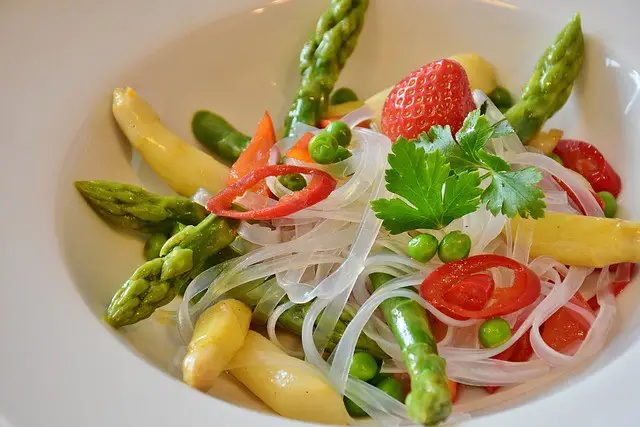
We will take a look at the nutritional values of today’s culprit in comparison to regular noodles. In 100 g serving of cooked noodles provide you with:
- Energy: 108 kcals
- Total carbs: 24 g
- Dietary fiber: 1 g
- Net carbs: 23 g
- Protein: 1.79 g
- Fat: 0.2 g
- Sodium: 19 mg
- Ascorbic acid: 0 mg
Comparing the nutritional values of traditional noodles and those made of rice flour, the latter have a lower protein and fat content. This is not an issue considering, pair them with a good source of protein (like egg noodles) or cook them with a healthy oil like olive oil, the fat and protein content will increase.
Let’s shift our focus to carbohydrates which are our main concern on keto. Carbs are classified into simple carbohydrates and complex carbohydrates. Simple carbs are easily digested and absorbed while complex carbs take longer to digest and absorb. Both wheat and rice are complex carbs.
How many carbs are in rice noodles? It is important to note that different types of rice noodles have different carb counts. Take Vermicelli rice noodles, for example. In 100 g of this variety, you get 345 kcals and 78.2 g of net carbs. The brown rice vermicelli noodles have 357 kcals, 76.8 g of carbs, 3.6 g of fiber, and 73.2 g of net carbs. Isn’t it wise to go for non-starchy vegetables like broccoli with 0.5 calories per gram than to opt for these noodles with 3.45 calories per gram?
What is the impact of noodles made from rice flour on your blood sugar? Rice noodles have a glycemic index of 65 and a glycemic load of 16.2. So, no rice noodles are not keto-friendly. This alternative may be lower in calories and carbs than wheat noodles, but its carb count is still high. For a low-calorie diet, it may sound like a good choice, but considering it can spike blood sugar and promote fat storage, it is best avoided.
Carbs in Rice Noodles Vs Pasta
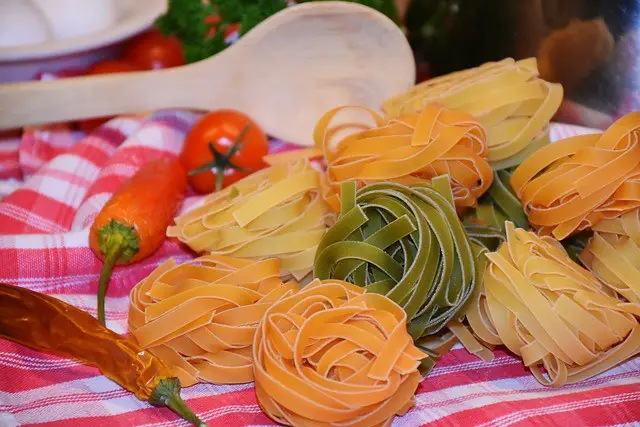
Pasta is made from durum wheat and not white rice. What is the difference in carb count? In 100 g of cooked pasta, you will get:
- Energy: 153 kcal
- Total carbs: 30.6 g
- Dietary fiber: 1.8 g
- Net carbs: 28.8 g
- Protein: 5.8 g
- Fat: 0.93 g
- Sodium: 131 mg
In terms of calories, pasta, and rice noodles are almost equal. Pasta has a higher protein and fat content. We said no to noodles on keto, and we’re saying no to pasta as well. It has a higher carb count and is best avoided.
Are Rice Noodles Better than Pasta?
Rice noodles have the following health benefits over pasta:
- They are gluten-free and a good alternative for people with gluten intolerance or sensitivity. Consuming gluten with such conditions compromises your immune health triggering immune reactions that damage your intestines. This leads to bloating, cramping, and diarrhea.
- They have a low sodium content compared to pasta. Lowering your sodium intake is important to keep cardiovascular disease at bay. Excess intake can also lead to high blood pressure and kidney disease. A point to note, is careful of the sauces added to your noodles like soy sauce that may be high in sodium putting you at risk of high blood pressure.
- They are a source of selenium that is used in thyroid function and to improve immune health. A cup of this noodle can help you meet up to 14% of selenium daily values.
- Some of the products come fortified with vitamin A. Research has shown that rice-growing areas are usually deficient in vitamin A. Although, a study done on fortification of rice noodles with vitamin A showed that its fortification could raise the vitamin’s content to 24.8% of the recommended daily intake.
Rice noodles also contain other essential vitamins like iron, magnesium, calcium, and zinc which have numerous health benefits in our bodies. Always check the labels of your noodles for fortification to ensure you have higher benefits in vitamin A absorption.
The Downside of Rice Noodles
Compared to pasta and other noodles, they are a poor source of fiber. Fiber is a probiotic that feeds beneficial gut bacteria improving their diversification. It also helps promote digestion, regulates blood sugar, and increases satiety. Feeding low-fiber foods has been associated with higher risks of developing irritable bowel syndrome (IBS).
Which Noodles Are Ok for Keto?
We have said no to noodles made of rice on keto, but does that mean scrapping off noodles completely from your diet? No! Other low-carb alternatives to rice noodles can help you with blood sugar management. These include:
Shirataki Noodles
Get rid of the instant noodles in your pantry and opt for this substitute instead. These noodles are made from the roots of konjac yams. These have zero net carbs, a glycemic index, and a load of 0. This means they will not spike your blood sugar levels and will still keep you in ketosis.
Low Carb Egg Noodles
Another replacement for high-carb noodles is egg noodles. They contain a gram of net carbs in a 100 g serving. I love eggs because of the essential nutrient vitamin k2 found in egg yolks. This nutrient helps keep your blood sugar level in check by activating a protein in the bone (osteocalcin) that increases insulin production and sensitivity.
Pairing this noodle with foods rich in fiber will help lower the risk of gut malfunctions while increasing the protein content of your food. Go for low-carb flour for texture instead of wheat gluten when making these.
Cucumber Noodles
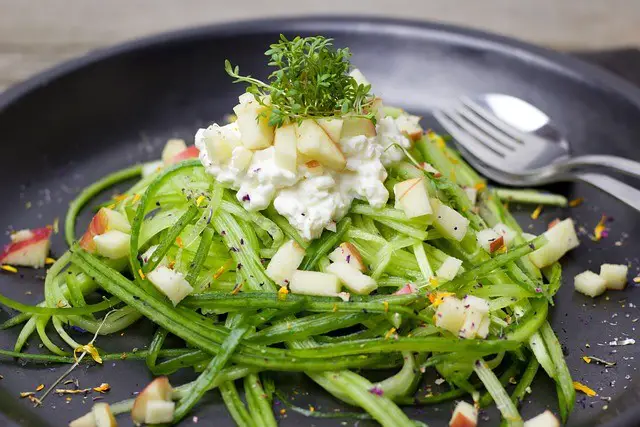
Trying to up your intake of cucumbers, try this fun recipe! Considering the high carb count of rice noodles, cucumbers are the perfect non-starch vegetable for the job. They are low in calories, have a high-water content, and are rich in vitamin C, potassium, magnesium, and B-complex vitamins. They only have 2 g net carbs in a 100 g serving.
Eggplant Noodles
With only 3 grams of carbs in a 100 g serving, these noodles are a great source of manganese, phytonutrients, and fiber. In addition, they are low-calorie vegetables. These nutrients are necessary to protect you against chronic disease.
Zoodles
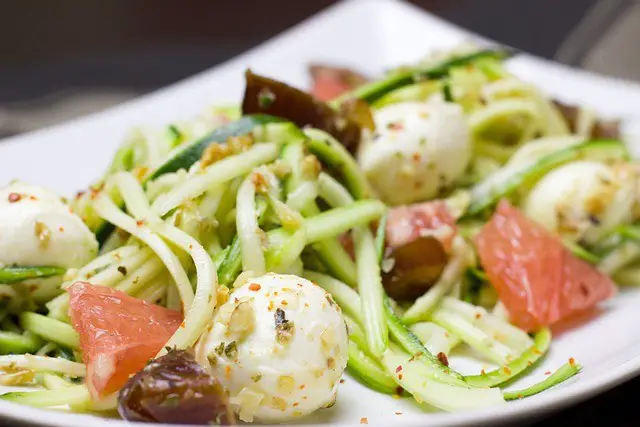
To stay within the recommended carb allowance of 20-50 g per day on keto, zucchinis are a must-have veggie. Their rather mild flavor helps you play around with sauces and tastes from your proteins. They are also high in fiber and low in net carbs (non-fiber carbs). They contain 6 g of net carbs per 100g serving.
These noodles will help you stay in nutritional ketosis by keeping carb consumption low. Ketosis has also been shown to reduce cravings for carbs. The keto diet shifts your body from glucose as its primary source of energy to fat, which will promote fat oxidation.
Bottom Line
How many carbs are in rice noodles? Too high to be accepted on keto. Your choice of rice noodles will affect your carb intake. This food is best avoided when trying to switch to fat as your main source of energy. Go for low-carb alternatives like zoodles and low-carb egg noodles that will not spike your blood sugar.
What other keto-friendly substitutes for rice noodles do you know? Tell us in the comments!
